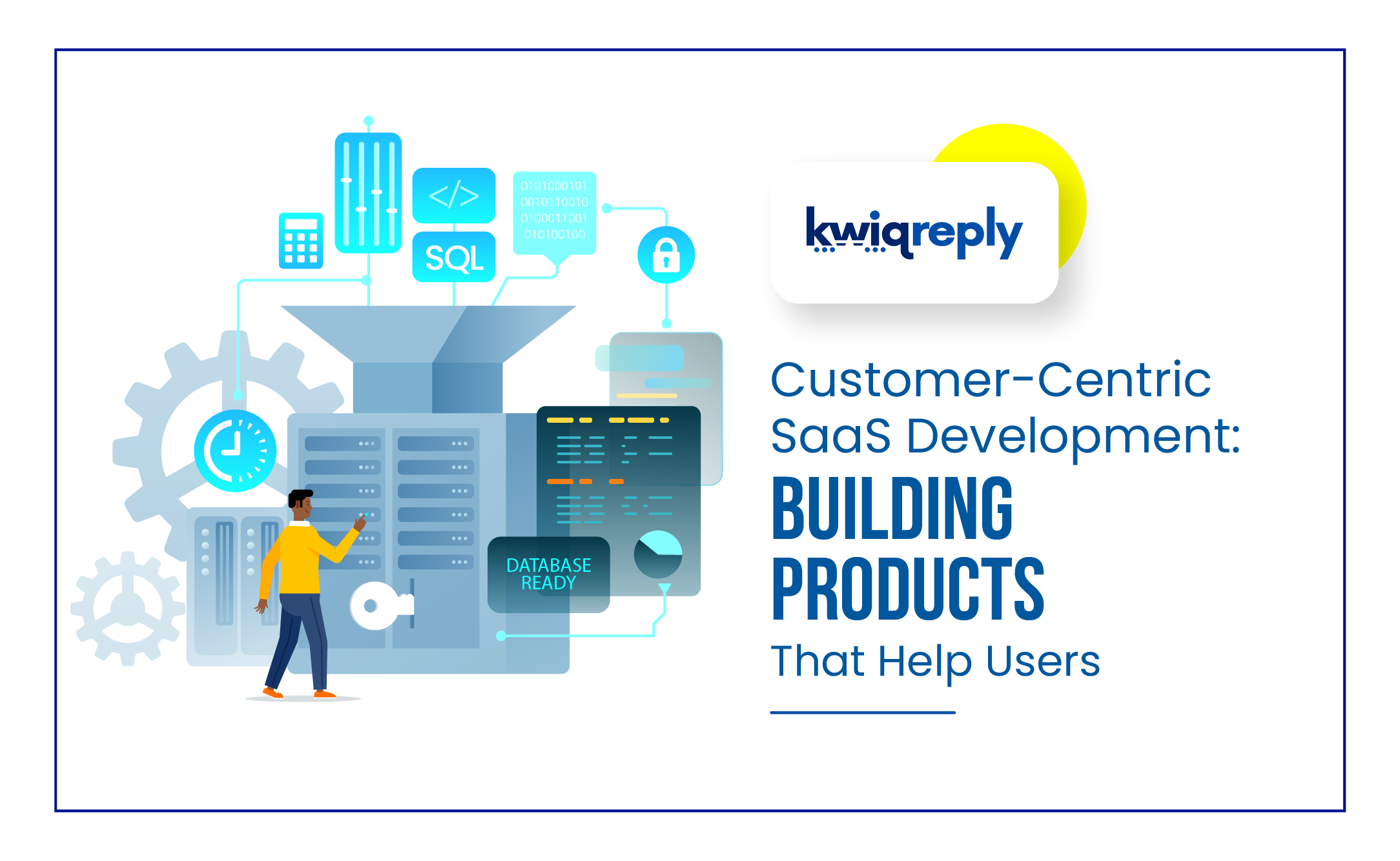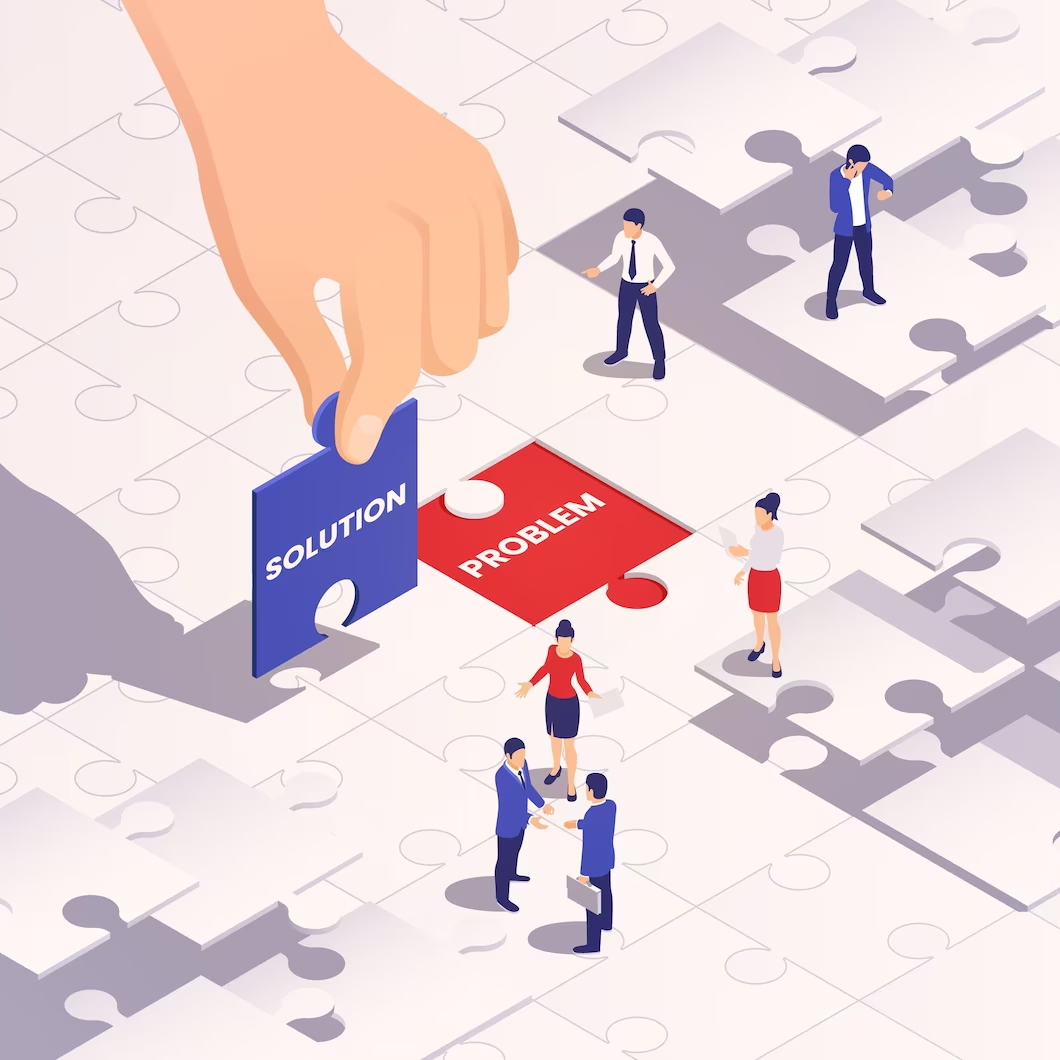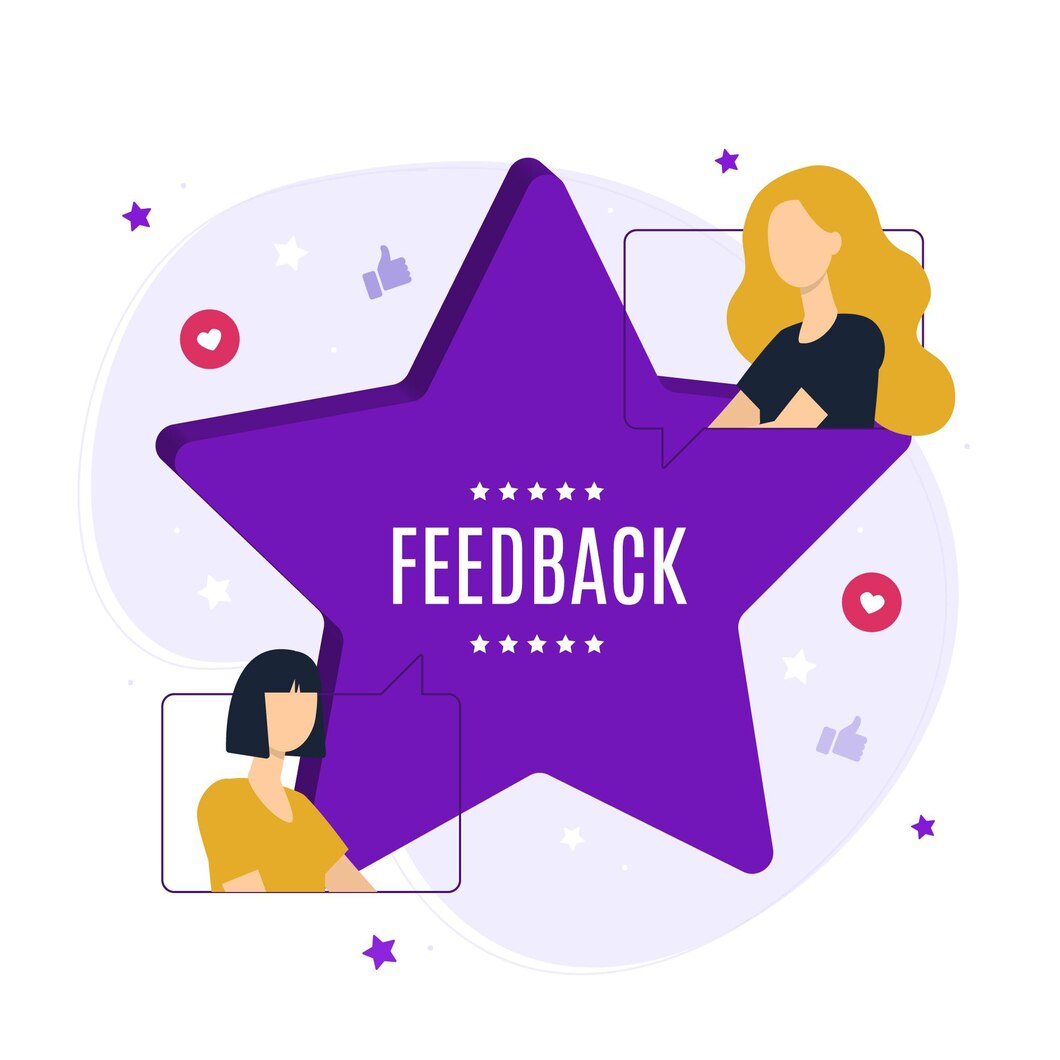
Customer-Centric SaaS Development: Building Products That Help Users
In software as a Service (SaaS), a principle that is instrumental in successful product development: customer-centricity. The days of one-size-fits-all are long gone. Today, the key to creating a successful SaaS product lies in understanding and addressing the unique pain points of customers. In this blog, we discuss customer-centric SaaS development and explore how it leads to long-term success and customer satisfaction.
TL;DR
- Due to the needs of customers being missed, SaaS development has shifted towards a customer-centric approach
- An important part of this is identifying the challenges and pain points of the customers
- The next part of this is to tailor solutions to solve these problems
- Now it is a matter of establishing a constant loop of feedback from to refine the product
- Finally, come to a balance between the challenges present and the tradeoffs that have to be made ino them.
Sign up for the WhatsApp Business API and boost your business communication to new heights today!
The Shift to Customer-Centricity

Traditionally, software products were often developed with a focus on technical capabilities and features. However, this frequently resulted in products that missed the mark for the needs and challenges faced by the end-users. This is where the shift to customer-centricity comes into play.
Customer-centric SaaS development flips the script by placing the customer at the heart of the development process. Instead of assuming what customers need, it involves active engagement, understanding customer concerns, and tailoring the product to solve them. It's about empathy, active listening, and continuous iteration based on feedback and reviews.
Identifying Real Pain Points

To build products that genuinely resonate with customers, it's crucial to identify and address their unique pain points. These pain points can vary depending on the industry, business size, and individual user roles. Therefore, the first step is to conduct thorough research to understand the challenges that customers are facing. This research might involve surveys, interviews, market analysis, and competitor benchmarking.
For example, consider a SaaS product designed to streamline project management for small businesses.
Through research, the development team might discover that these businesses struggle with task delegation, communication gaps, and inefficient resource allocation. By pinpointing these issues, the team can tailor the product's features accordingly and directly address them.
Building Solutions That Matter

Following research, the next step is to translate them into features and functionalities that provide tangible solutions. Each feature should align with a specific pain point and contribute to its resolution. However, it's essential to strike a balance. The goal is not to overwhelm the product with features but to provide targeted solutions for the overall user experience.
Continuing our example, the product could include features like task assignment, real-time communication channels, and resource tracking. Each of these features individually addresses the pain points discovered during the research phase.
The Power of Feedback Loops

This focus on customers doesn't just stop at the initial product release. It's an ongoing process that involves maintaining open lines of communication with customers. Feedback loops are an integral part of this process. By actively seeking feedback, development teams can continuously refine and enhance their products.
Feedback loops also serve multiple purposes. They help identify bugs, uncover new problems that may have arisen, and validate the effectiveness of implemented solutions. Updates on them demonstrate to customers that their opinions are valued, fostering loyalty and a community around the product.
Navigating Challenges and Trade-offs

Building customer-centric SaaS products comes with its share of challenges and trade-offs. One significant challenge is balancing customization with simplicity. While offering extensive customization options can be appealing, it can also lead to complexity that overwhelms users. Striking the right balance requires careful consideration of user personas and their specific needs. For example, deciding between building a feature for customer convenience or offering more options for customers to choose from.
Another challenge is prioritization. Not all pain points are equal, and resources are often limited. Prioritize which pain points to address based on factors such as severity, frequency, and potential impact on the user experience.
In Conclusion,
In the world of SaaS development, customer-centricity is vital for continued success. By focusing on customer-based development, companies can create products that truly make a difference in the lives of their users. The days of generic software solutions are fading and as the industry evolves, customer-centric development will remain decisive for success.
At kwiqreply, is a SaaS company aiming to help you fully leverage the features of WhatsApp’s Business API for your organization. So, seize the opportunity, leverage WhatsApp's potential, and propel your business toward sustainable growth and success!
Click here to book a free demo and let us show you how you can do more business with WhatsApp.
Read more blogs like this -